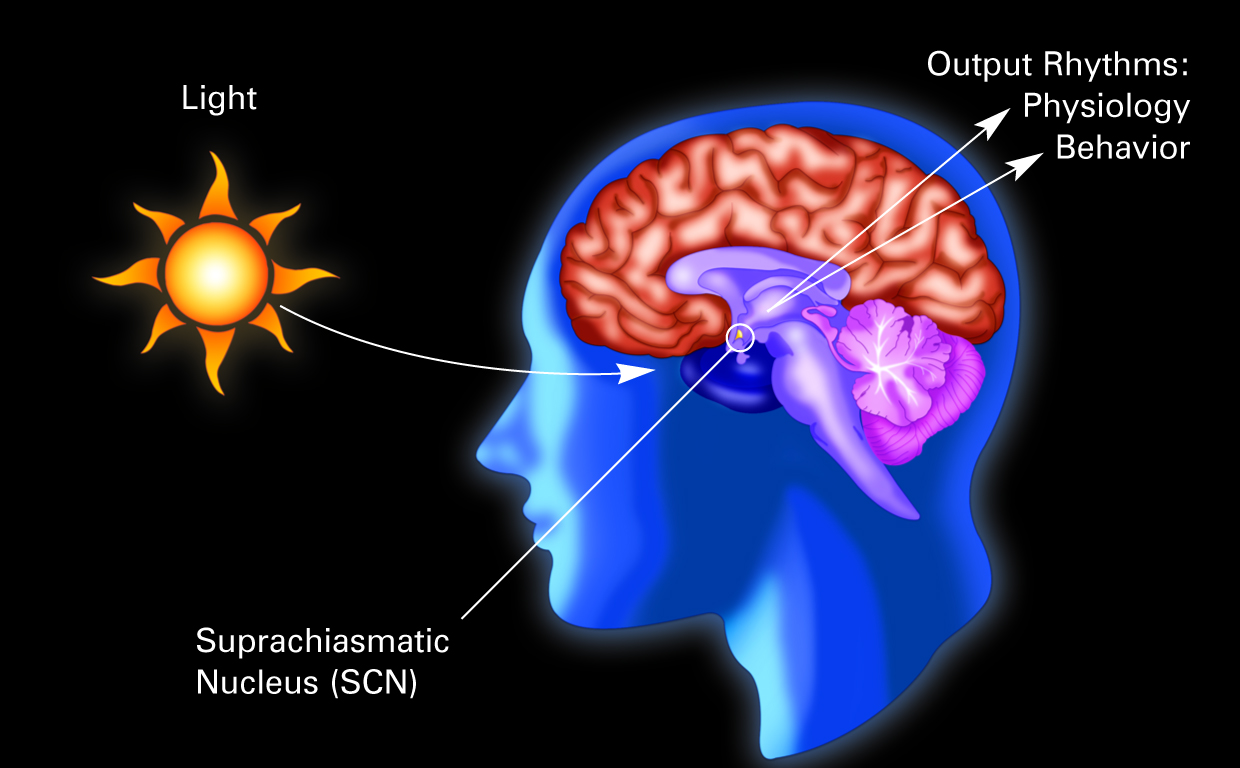Blog
Circadian Rhythms – What are circadian rhythms
- November 4, 2016
- Posted by: admin
- Category: Uncategorized
What are circadian rhythms?
Circadian rhythms are physical, mental and behavioral changes that follow a roughly 24-hour cycle, seasons (winter, summer, spring and autumn), seasonal feastivals, monthly cycles responding primarily to light and darkness in an organism’s environment.
They are found in most living things, including animals, plants and many tiny microbes. The study of circadian rhythms is called chronobiology.

Are circadian rhythms the same thing as biological clocks?
No, but they are related. Our biological clocks drive our circadian rhythms.
What are biological clocks?
The biological clocks that control circadian rhythms are groupings of interacting molecules in cells throughout the body. A “master clock” in the brain coordinates all the body clocks, so that they are in synch.
What is the master clock?
The “master clock” that controls circadian rhythms consists of a group of nerve cells in the brain called the suprachiasmatic nucleus, or SCN. The SCN contains about 20,000 nerve cells and is located in the hypothalamus, an area of the brain just above where the optic nerves from the eyes cross.
Do circadian rhythms have a genetic component?
Yes. Researchers have already identified genes that direct circadian rhythms in people, fruit flies, mice, fungi and several other model organisms used for studying genetics.
Does the body make and keep its own circadian rhythms?
Circadian rhythms are produced by natural factors within the body, but they are also affected by signals from the environment. Light is the main cue influencing circadian rhythms, turning on or turning off genes that control an organism’s internal clocks.
